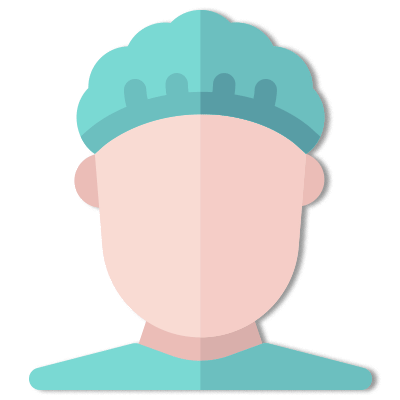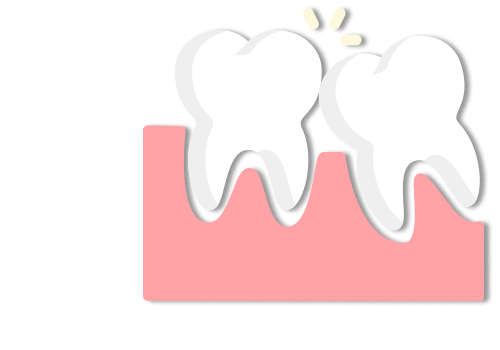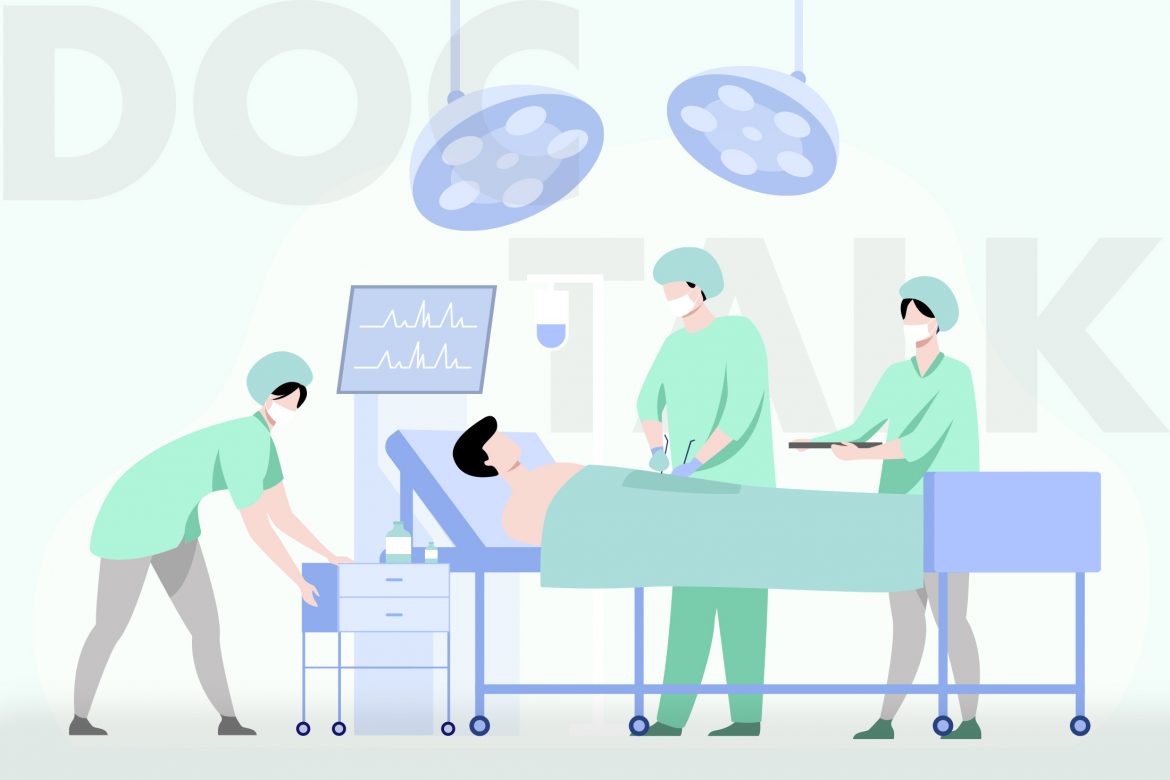Questions to ask your anaesthesiologist instead of Google. Dr Tan Soo Guan shares his expertise.
One of the most remarkable advances in medicine, anaesthesia has made much of modern surgery possible by removing pain from the equation. Yet, it remains a procedure shrouded in doubt for many patients, especially those who fear never regaining consciousness after “going under” general anaesthesia.
Other common concerns that patients have about general anaesthesia include waking up in the middle of the operation as well as experiencing side effects and complications, according to Dr Tan Soo Guan, anaethesiologist from Group Anaesthesiology Services at Mount Elizabeth Medical Centre. (Note: Anaethetists and anaesthesiologists are the same; the former is a British term while the latter is an American term.)
That said, not every operation requires the patient to undergo general anaesthesia. “Today, doctors have many ways to make sure their patients are as comfortable as possible during surgery or procedures for diagnosing and treating medical conditions,” explains Dr Tan. “Many types of minor surgery can be safely and painlessly performed without the need for general anaesthesia.”
So if you or a loved one will be undergoing a surgical or diagnostic procedure soon, here are some helpful things to know about anaesthesia so that you can make an informed decision about your pain relief options – and feel less nervous when the day comes.

There are four types of anaesthesia: general anaesthesia, regional anaesthesia, local anaesthesia and sedation.
General Anaesthesia
 General anaesthesia places the entire body, including the brain, in a state of unconsciousness (deep sleep) during which the patient has no awareness and feels nothing, and will remember nothing of the surgical procedure. General anaesthesia is administered by the anaesthesiologist either through a mask (generally reserved for children) or via a drip placed in the vein (generally used for adults). A breathing tube may be placed in your throat to help you breathe during the procedure. During surgery, the anaesthesiologist will monitor your heart rate, blood pressure, breathing and other vital signs to make sure they are normal and stable while you remain unconscious and free of pain.
General anaesthesia places the entire body, including the brain, in a state of unconsciousness (deep sleep) during which the patient has no awareness and feels nothing, and will remember nothing of the surgical procedure. General anaesthesia is administered by the anaesthesiologist either through a mask (generally reserved for children) or via a drip placed in the vein (generally used for adults). A breathing tube may be placed in your throat to help you breathe during the procedure. During surgery, the anaesthesiologist will monitor your heart rate, blood pressure, breathing and other vital signs to make sure they are normal and stable while you remain unconscious and free of pain.
Regional Anaesthesia
Regional anaesthesia is a type of pain management for surgery that numbs a large part of the body, such as from the waist down. The medication is delivered to a large nerve or spinal cord through an injection or via a small tube called a catheter. Regional anaesthesia is used when a simple injection of local anaesthetic is not enough, and when it is better for the patient to avoid general anaesthesia.
Local Anaesthesia
Local anaesthesia is usually a one-time injection of medication that numbs a small area of the body. You will be awake and alert, and you may feel some pressure, but you will not feel pain in the area being treated.
Sedation
Sedation, also known as monitored anaesthesia care (MAC) or conscious sedation, is typically used for minor surgeries or shorter, less complex procedures when an injection of local anaesthetic is insufficient but general anaesthesia is not necessary.

You will probably require general anaesthesia if your procedure a) takes a few hours or more; b) affects your breathing; c) involves a large area of your body; d) involves a major organ, like your heart or brain; and/or d) can make you lose a lot of blood.
You and your doctor may decide that general anaesthesia may not be necessary for you if a) your surgery is minor; b) the procedure affects a small part of your body (such as your foot or face); and/or c) you have serious medical conditions that make general anaesthesia too risky, and when alternatives such as local or regional anaesthesia can offer a safer option.

General anaesthesia would usually be recommended for heart (cardiac) surgery, gall bladder surgery (cholecystectomy), removal of tonsils (tonsillectomy), and many types of surgical procedures to treat cancers.
Regional anaesthesia, which includes spinal blocks and epidurals, is often used during childbirth. It is also commonly used for prostate surgery for enlarged prostate and certain simple surgical procedures on limbs.
Local anaesthesia is usually used for procedures such as performing a skin or breast biopsy, or stitching a cut.
Finally, monitored sedation may be used for some types of biopsies (such as prostate biopsy), cataract surgery, or procedures that involve the use of a scope to examine the stomach (gastroscopy) or colon (colonoscopy).

Modern anaesthesia is very safe because of advances in both technology and medication. It is very rare for healthy patients undergoing non-emergency surgery to die from anaesthesia. The risk of death as a direct result of general anaesthesia for such patients is about 1 in every 100,000 to 200,000 patients.
Although anaesthesia is not entirely without risks, serious complications are very rare. Risks relating to anaesthesia depend on whether you have any underlying illness (such as heart disease, uncontrolled hypertension, poorly controlled diabetes, or previous stroke); personal factors like smoking or being overweight; and the type and duration of the operation.
Do share your concerns with your doctor. It is reasonable to ask questions so that you can feel more assured and at ease before undergoing the procedure.

There are EEG (brain wave) monitors available to assess the depth of anaesthesia. An anaesthesiologist would thus be able to give each individual just the right amount of the anaesthetic drugs to make sure the patient stays asleep throughout the procedure.

Serious complications arising from anaesthesia in healthy individuals undergoing elective (non-emergency) surgeries are very rare. These include: severe allergic / anaphylactic reactions to anaesthetic drugs, heart attack, stroke, hypoxic brain injury (brain damage from lack of oxygen), permanent nerve injury and loss of vision.
Modern equipment, training and drugs have made anaesthesia a much safer procedure nowadays. Remember that the risks of these more serious complications, including death, are very rare but do exist.

Corneal abrasion is the tear or graze of the superficial clear layer of the eye. It is a known but rare complication of anaesthesia. Most corneal abrasions occur partly because the patient’s eyelid are not completely closed during general anaesthesia. Anaesthetists routinely tape the eyes shut during general anaesthesia to reduce the risk of corneal abrasion.
General anaesthetics also reduce the rate of tear production and change the composition of tears. The dry cornea may then stick to the inside of the eyelid and abrasion occurs when the eye opens again. Injury can also occur after the patient rubs his eye vigorously as he emerges or recovers from the anaesthesia.
Abrasions to the face/eyelid can result from pressure on the face (such as during surgery that requires the patient to be in prone position) or adhesive tapes (used to keep eyelids closed or to secure breathing tubes) that some patients may be sensitive to.
Orodental trauma most commonly occurs during the insertion of a breathing tube (intubation), especially when the procedure is technically difficult. Dental injuries include chipping or fracture of a tooth or crown. In more severe cases, tooth subluxation (loosening) and avulsion (complete loss of tooth) can occur. Injury to the tongue, lips and soft tissue in the mouth is also possible. The anaesthetist may use special equipment, such as a video laryngoscope, to reduce the chances of causing orodental trauma when intubation is anticipated to be difficult. Finally, trauma can also occur during the removal of the breathing tube, especially when the patient bites or struggles excessively.

When you are under anaesthesia, gastric contents from your stomach may move up your mouth and into your windpipe and lungs. Aspiration of gastric content used to be the major cause of death solely related to anaesthesia in the 1960s (accounting for up to 23.5% of cases). This has led to decades of tradition requiring all patients to be completely fasted overnight to minimise the risk of regurgitation and aspiration of stomach contents during surgery.
Due to more recent evidence, there has been changes to the fasting guidelines and the current guidelines are listed in the table below. Notably, patients can now have clear liquids up to 2 hours before elective (non-emergency) surgery.
It is important to note that milk is not considered a clear liquid as it turn into a solid when it curdles in the stomach. Similarly, any solids ingested in drinks (for example, pulp in fruit juices, pearls in bubble tea) will need longer fasting time (6 hours) to minimise the risk of aspiration.
However, these guidelines may not apply to certain patient groups, such as patients undergoing emergency surgery. It is best that patients follow the instructions given by their doctor.

Pre-surgery safety measures are extremely important for the safety of patients undergoing surgery. This is especially so for elective (non-emergency) surgery where patients should be in the best condition to undergo the operation.
Some of the measures include being adequately fasted (as above) and controlling or optimising existing medical conditions such as hypertension, diabetes and heart problems.
(a) Pre-operative Optimisation of Medical Conditions
Patients with pre-existing diseases need to be optimised before the surgery. For some patients, this may include screening for undiagnosed medical conditions. There is now irrefutable evidence that patients with undiagnosed or undertreated diabetes or hypertension, and undiagnosed or undertreated anaemia have higher risks of serious complications.
(b) Pre-operative Medication Intake
For patients with existing medical conditions, it is important that they follow the instructions for taking their existing medication. Certain medicines may have to be stopped a few days before the surgery (for example, blood thinners) or be omitted on the morning of surgery (for example, diabetic medicines). Please follow the instructions given by your doctor.
(c) Pre-Operative Smoking
When compared to non-smokers, smoking is associated with a 20% increased risk of peri-operative mortality (any death occurring within 30 days of surgery) and a 40% increase in risk of major post-operative complications.
If you are a smoker, it is highly recommended that you quit smoking as soon as possible before the procedure. If you are looking to stop smoking completely, this period can be a good opportunity!
Register or schedule an appointment with Dr. Tan Soo Guan here.
More about Dr. Tan Soo Guan:
Dr. Tan Soo Guan
MBBS (Singapore), FANZCA (Anaes), M Med (Anaes) (Singapore)
Anaesthesiology
Group Anaesthesiology Services Pte Ltd is located at #11-01 Mount Elizabeth Medical Centre, 3 Mount Elizabeth, Singapore 228510
Register or schedule an appointment with Dr. Tan Soo Guan here.
Services:
Ambulatory Anaesthesia ⋅ Paediatric Anaesthesia ⋅ Neuroanaesthesia ⋅ Obstetrics Anaesthesia
This feature article is produced in consultation with Dr. Tan Soo Guan from Group Anaesthesiology Services Pte Ltd. Artwork by Curatedition, all rights reserved.
All content featured in Curatedition Health and Wellness articles is for informational purposes only and not intended to be a substitute for personalised professional medical advice, diagnosis, or treatment. If you think you have a medical emergency, call your doctor, qualified health service provider, or 995 immediately.
Related Links:
DocTalk: Know What You Want in Life? Here’s How to Get It
DocTalk: How Too Much Screen Time and Blue Light Affect Your Eyes
DocTalk: Kick Cancer in the Gut
DocTalk: 6 Signs You May Have a Sleep Problem

